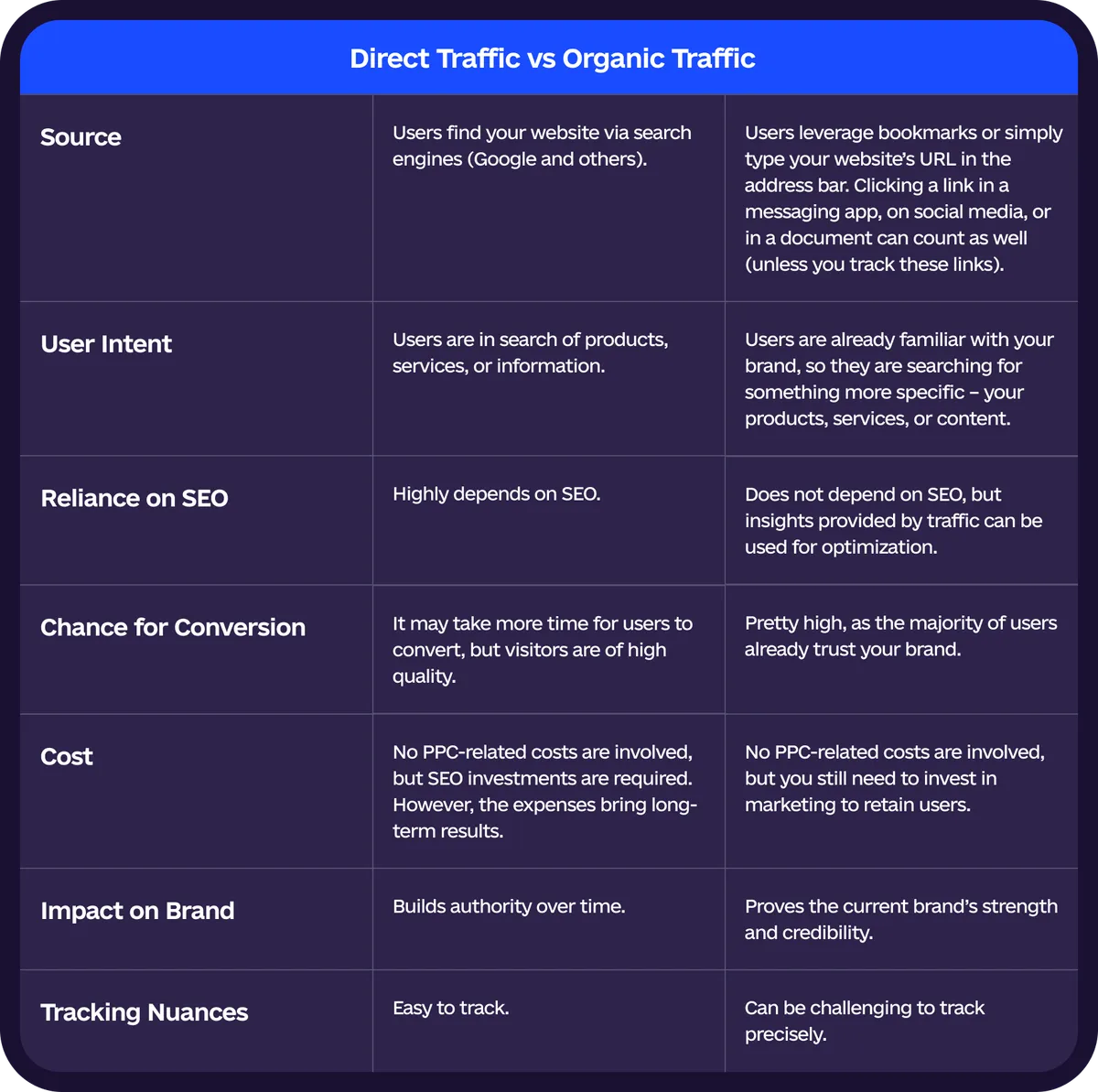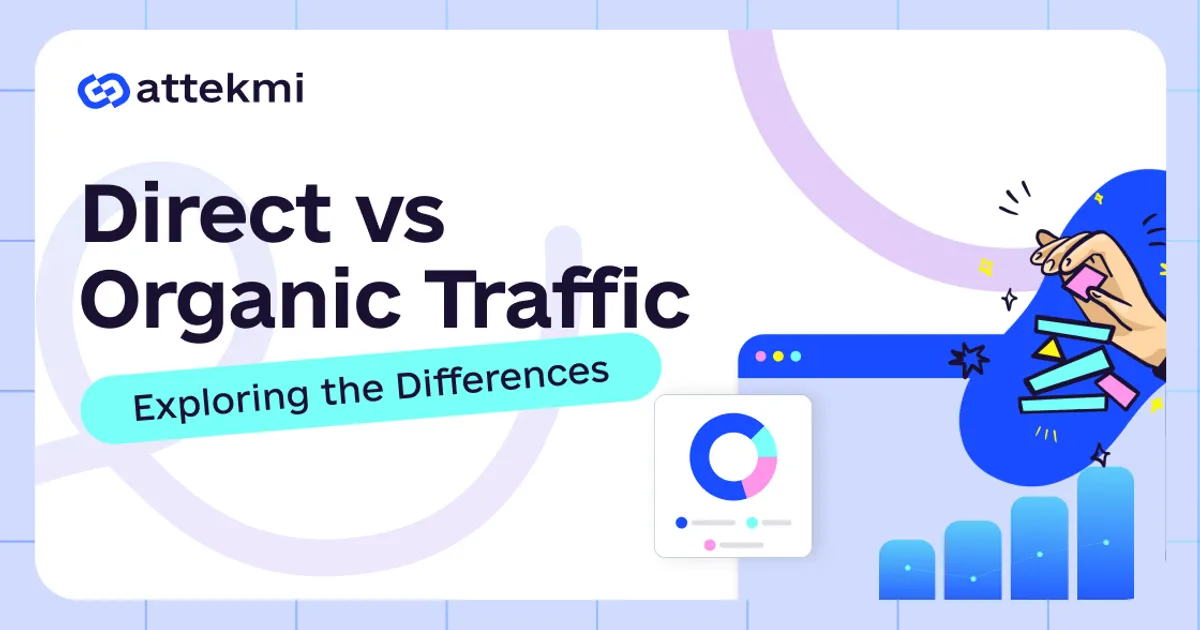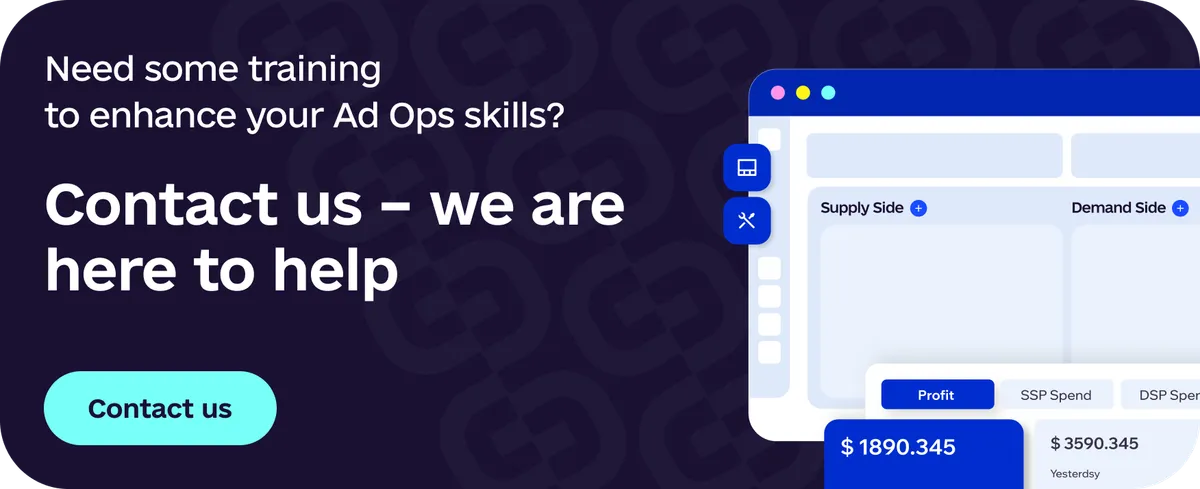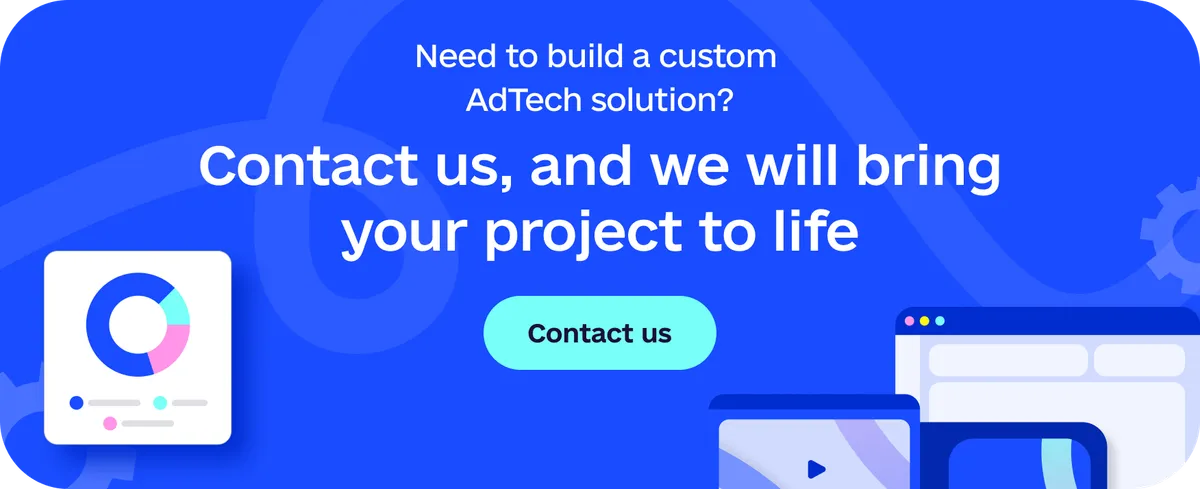When the amount of traffic to your website increases, that is a good thing in any case. However, to optimize your advertising strategy, you need to know where this traffic is coming from.
While there is a variety of website traffic types, this time we will focus on organic and direct traffic. What are their differences? What makes these types of traffic important? How to get more traffic? This article is here to answer these and other questions, so read on to learn more.
Key Takeaways
Organic traffic comes from unpaid search engine results and is driven by SEO, while direct traffic occurs when users type a URL directly, click a bookmark, or follow an untrackable source.
Organic traffic shows your SEO performance and brand visibility in search, while direct traffic reflects brand recognition, loyalty, and offline or word-of-mouth influence.
To increase organic traffic, businesses should focus on high-quality, optimized content, long-tail keywords, strong internal linking, and credible backlinks.
To grow direct traffic, brands should work on domain memorability, offline promotion, consistent branding, and retention strategies like newsletters and loyalty rewards.
What is organic traffic?
Let’s start with the definition of organic traffic. So, the name of this category speaks for itself – these are users who find your website via organic search. For instance, a user provides Google with a specific query, finds your website in the results, and clicks the link. Remember, organic traffic does not rely on your paid search ads. Instead, it is related to your search engine optimization. Everything happens naturally, without paid advertisements being involved.
Why is organic traffic important?
Driving organic traffic is crucial for any business, and here is why:
Users coming via organic search tend to have a genuine interest in the products, services, or information that they are looking for. In turn, paid visitors may have a different level of interest. After all, they could click your search ad accidentally, without any intention to explore your content and learn more about your brand.
By driving organic traffic, you build authority in your niche. This way, it becomes easier for you to gain trust and maintain loyalty.
Organic traffic can help you build long-lasting relationships with users – many of them consider businesses that they found organically more credible.
Increasing organic traffic enables you to decrease your dependence on paid advertising and reduce expenses.
Getting ranked for specific keywords may take some time, but when you manage to do this, you can count on consistent traffic flow that will not require regular investments.
Additionally, high amounts of organic traffic indicate effective SEO, proving that your strategy is working in the right way.
What is direct traffic?
In turn, direct traffic does not involve intermediary websites, and its source cannot be identified. For instance, if a user types your website URL directly into a browser, this is direct traffic. Alternatively, if they save the URL as a bookmark and visit your website later at some point, this is also considered direct search traffic.
Usually, this type of traffic is about repeat customers – people who are already familiar with your brand. Besides, these can be users who discovered your business via word of mouth or have seen your offline ad somewhere.
Why is direct traffic important?
Here are the facts proving the importance of direct traffic:
Direct search traffic indicates brand awareness – users know about your business and recognize it online.
Many direct visitors are repeat visitors – they are loyal to your company. Even if they are exploring your website for the first time, the fact that they remembered your URL highlights their interest in your products or services.
The majority of direct visitors already trust your brand. Therefore, they are more likely to convert.
Direct traffic does not depend on your search engine optimization.
Once you establish a stable flow of direct traffic, it can be maintained with minimum ongoing costs.
Brands that receive significant amounts of direct search traffic usually have a competitive advantage in their niche. Due to a strong presence, it becomes more challenging for rivals to attract the same audience.
Analyzing the patterns in direct traffic can provide you with insights regarding website optimization. For instance, understanding what content resonates with your target audience the most can ensure continuous improvement in content creation.
Organic traffic vs. direct traffic: how are they different?
When comparing direct traffic vs organic traffic, it's clear they share a similarity - neither is related to paid advertising campaigns. However, there are still a lot of differences to keep in mind.

What you need to do to get more organic traffic
Now that the difference between direct and organic traffic is clarified, it is time to discover what steps can be taken in order to increase organic search traffic.
Prioritize search engine optimization
SEO is the driving force behind organic traffic; therefore, it should be easy for both search engines and users to find and understand your website. Identify your keywords and take a look at the top-ranking results for them – you need to make your content even better.
First of all, make sure that the content you create is relevant to search intent. For example, if a user looks for “how to choose a laptop?”, they expect useful recommendations, not just a list of laptops to consider.
Secondly, create catchy titles. Explain what value a user will get if they click your link. For instance, not “How to Choose a Laptop?” but something like “Laptop Buying Guide: 11 Things You Need to Know Before You Buy”.
Thirdly, keep your content well-structured – no one likes to read endless paragraphs of text. Thus, use headings and subheadings, bulleted or numbered lists, short paragraphs, etc. Adding images or other elements to your content will make it more readable as well.
Create high-quality content
Structure is not the only factor affecting content quality. Start with identifying your main topic. For instance, if your company sells various gadgets (laptops, smartphones, tablets, etc.), the content you create should be focused exactly on this topic. You may write articles about recent and upcoming releases, reviews on different devices and spare parts like motherboards, and so on. In turn, if you publish on your website an article clarifying the difference between organic vs direct traffic, it will be absolutely irrelevant to your brand and bring no value to your audience.
Besides, avoid repeating the content that already exists – do your best to add extra value. For instance, you can share some expert tips, unique insights and statistics, real-life examples, and so on. All the questions raised by the topic should be answered.
It would be useful to take a look at the top-ranking articles. Is there anything missing? If yes, this is your chance to deliver greater value.
One more thing to do in terms of organic search marketing is to keep your content up-to-date. For example, you may need to update statistical data from time to time, refresh keywords, fix broken links, etc.
Get backlinks
Additionally, work on getting backlinks from credible and relevant websites. For example, you can write guest posts or press releases, create content in collaboration with other brands (that are not your competitors, obviously), and so on. If you manage to get backlinks from trustworthy sources, Google will consider this as a sign that your website is credible as well. As a result, it will rank higher.
Leverage long-tail keywords
Long-tail keywords may bring fewer users than short ones, however, they have one significant benefit. People using long keywords in their search queries know exactly what they are looking for. Thus, if you provide them with the right content, they will be more likely to get interested and convert.
Let’s use the example with laptops one more time. Yes, the “laptops” keyword can be used as well, but it is too broad. In turn, “best laptops for gamers in 2025” is something much more specific.
Work on your website
Last but not least, you should optimize the website itself. Here are the recommendations to consider:
Select a good hosting provider
Make sure your website has an SSL certificate
Improve internal linking
Minimize the number of redirects
Enable caching
Compress your images
Make sure the navigation is intuitive
Keep the website mobile-friendly
Keep the website accessible (e.g., by adding subtitles to videos)
What you need to do to get more direct traffic
Now let’s find out what can be done to drive more direct search traffic.
Keep your domain short and catchy
A long and complex domain is hard to remember. Therefore, keep it simple and short, and avoid uncommon extensions, as well as numbers or symbols. Here is an example: “CarsForRent.com” is much easier to remember than “FastestCarsForRentInBerlin.biz”.
Leveraging your brand name is the most common option; however, if possible, consider adding some keywords, just like in the example above.
Work on your brand awareness
The more familiar and recognizable your brand is, the more users will visit your website without relying on search engines. Therefore, select the digital channels your audience prefers, and build your presence there: on forums, social media, etc. When possible, do not simply share your content there – interact with your audience and deliver value to them.
Make sure to keep your presence consistent. Use the same logo, colors, tone of voice, and so on. Besides, solve your potential customers’ problems. Apart from sharing useful and unique content, offer free guides, tools, and so on. The greater value you deliver, the easier it will be for people to remember your brand.
Build a strong offline presence
Building an offline presence is essential as well. First of all, consider attending relevant events. There, you will not only be able to engage with your audience in person but also provide them with printed materials like flyers, brochures, and business cards.
One more effective tactic is to encourage your existing customers to spread the word and recommend your brand to their families, friends, and followers.
Keep in mind that whichever offline tactic you choose (brochures, billboards, radio ads, etc.), always mention your website.
Encourage users to bookmark your website
Again, that is all about valuable content and user-friendliness. If you regularly share helpful articles and your website is easy to navigate, a lot of users may bookmark it, so that it will be easier for them to come back.
However, you can also encourage them to do this. For instance, equipping the most popular pages with a reminder saying “Bookmark this page!” can be helpful.
Focus on customer retention and loyalty
It is easier to retain a customer than to find a new one, so here are several things to consider:
Ensure a continuous great experience for your visitors and customers
Segment your audience and regularly send them newsletters with useful content, exclusive deals, etc.
Offer something special to those customers who have not visited your website for some time
Provide personalized recommendations
Reward regular visitors and customers with early access to new products, discounts, and other special offers
Follow remarketing practices
Many users need some time to make a final decision and convert, even though in the case of direct traffic, this often happens faster than when your website is found organically. Therefore, if they leave your website without taking the desired action, consider launching retargeting ads and offering personalized and time-limited discounts. Following up via email can be helpful as well.
How do I track organic and direct traffic?
Tracking and analyzing organic traffic and direct traffic are essential for strategy optimization. First of all, let’s review the tracking methods.
Leverage Google Analytics
The most basic thing that you can do is to check organic and direct traffic in Google Analytics. The platform is equipped with an impressive range of useful features and, among other things, enables you to analyze user and traffic acquisition. You can find all the necessary data in the acquisition reports.
However, keep in mind that direct traffic can be challenging to track precisely. This is the traffic that comes from the source that cannot be tracked. For instance, when a user types your URL in the address bar or clicks a link that their friend sent them via WhatsApp. To get a clearer view of your traffic, utilize tracking links – that is called UTM tracking. Simple snippets of code added to your URLs will make it easier for you to understand how your campaigns and content are performing. It would also be helpful to block internal traffic so that it will no longer affect the reports.
Use Google Search Console
Google Search Console is a free tool that allows you to figure out how your website performs in search results. With its help, you can see how the website appears in Google, discover the keywords that bring users to you, check if the pages are indexed properly, and so on.
While Google Search Console does not track direct traffic, it can be an effective tool for tracking organic traffic and understanding what can be done to increase the number of visitors.
Check the number of returning visitors
People returning to your website are often direct visitors: loyal customers, people who are interested in your content and check for updates, users who have explored your website and decided to convert after a while, and so on.
You can compare new and returning visitors in Google Analytics. Remember, in terms of direct traffic, this data lacks accuracy, but it would still be helpful to analyze it.
Analyze your website pages
For additional insights, you can also take a look at your website pages. Thus, direct visitors often land on the homepage, login page, or pages that they have bookmarked. In turn, organic visitors usually click links leading to your blog posts, service pages, etc.
How to analyze direct vs. organic traffic in Google Analytics
There are a lot of ways to track and compare direct vs organic search traffic, but Google Analytics is one of the most effective of them. Yes, it lacks accuracy when it comes to direct traffic; however, using the platform is still the most reliable approach, especially if you equip your links with tracking codes.
Thus, after you sign in to Google Analytics, you take the following steps:
Select “Reports” from the menu on the left
Select “Acquisition”
Select “Traffic Acquisition”
The report will provide you with all the information on your website traffic: direct, organic, referral, paid search, email, and so on. You will see the data on the number of users, sessions, engaged sessions, events per session, etc.
To make the analysis process simpler, you can specify the required date and apply various filters.
Implications for your marketing strategy
The more traffic your website receives, the better, right? Well, yes, but there are certain nuances if we pay attention to traffic sources. The high amount of organic traffic is definitely a good thing. However, if your website receives too much direct traffic in comparison with other traffic types, this may indicate certain issues. Here are several suggestions on what you can do.
If the amount of direct traffic is unusually high:
Your employees may often visit your website to check some information. Most likely, they type a URL manually, use autofill, or click a bookmark. In any case, they are direct visitors, which can inflate your traffic without providing real value. Therefore, it would be helpful to block internal traffic by IP address. Obviously, your team will still be able to browse your website, but Google Analytics will not include it in the reports.
By utilizing UTM parameters, you will enable Google Analytics to identify the source of traffic precisely. Therefore, use them whenever you can.
Implement first-party attribution tracking to get a comprehensive view of the user’s journey and a broader context of every visit. This will help you allocate your marketing budget more effectively.
Incorporate impression attribution to get a better understanding of how different touchpoints contribute to the overall success of your campaigns.
Make sure that your Google Analytics tracking code is placed properly. If something is wrong, the analytics results may be incorrect.
In addition, look for patterns in user behavior and leverage them to improve the navigation of your website, as well as content relevance. Optimizing top-performing pages will be helpful, too.
If the amount of organic traffic is too low:
Identify pages with a high bounce rate and optimize the content there. For instance, you may add more keywords (use long-tail ones as well), change the title, improve the structure, etc.
Identify pages that deliver low engagement and optimize them. Enhance navigation, add internal links to the content users may be interested in, and so on.
Check your website loading speed – if it has dropped, your rankings could be affected.
A sudden and significant drop in organic traffic may indicate an update in Google algorithms – your website could simply be removed from the search index. If so, make sure that it is compliant with the new standards.
Adapt your content strategy to the AI-driven search tools. Use natural language, focus on high-quality content, and invest in creating video and audio content.
Keep in mind that direct and organic visitors may behave differently on your website. By analyzing these differences, you can identify opportunities and optimize your marketing strategy.
Consider Attekmi your trusted partner
Both organic and direct traffic are crucial for the success of your brand (when they are balanced properly). However, without paid campaigns, business growth is usually challenging.
At Attekmi, we offer not only a variety of effective ad exchange solutions. We also provide Ad Ops outstaffing services – we can train an expert specifically for your business. You will be able to focus on your core tasks while your ad operations run smoothly and drive results.
Besides, we offer Ad Ops training services to help you gain new skills or enhance the existing ones.
Are you ready to reach new heights? Contact us!
 By Iryna Kozirevych
By Iryna Kozirevych

